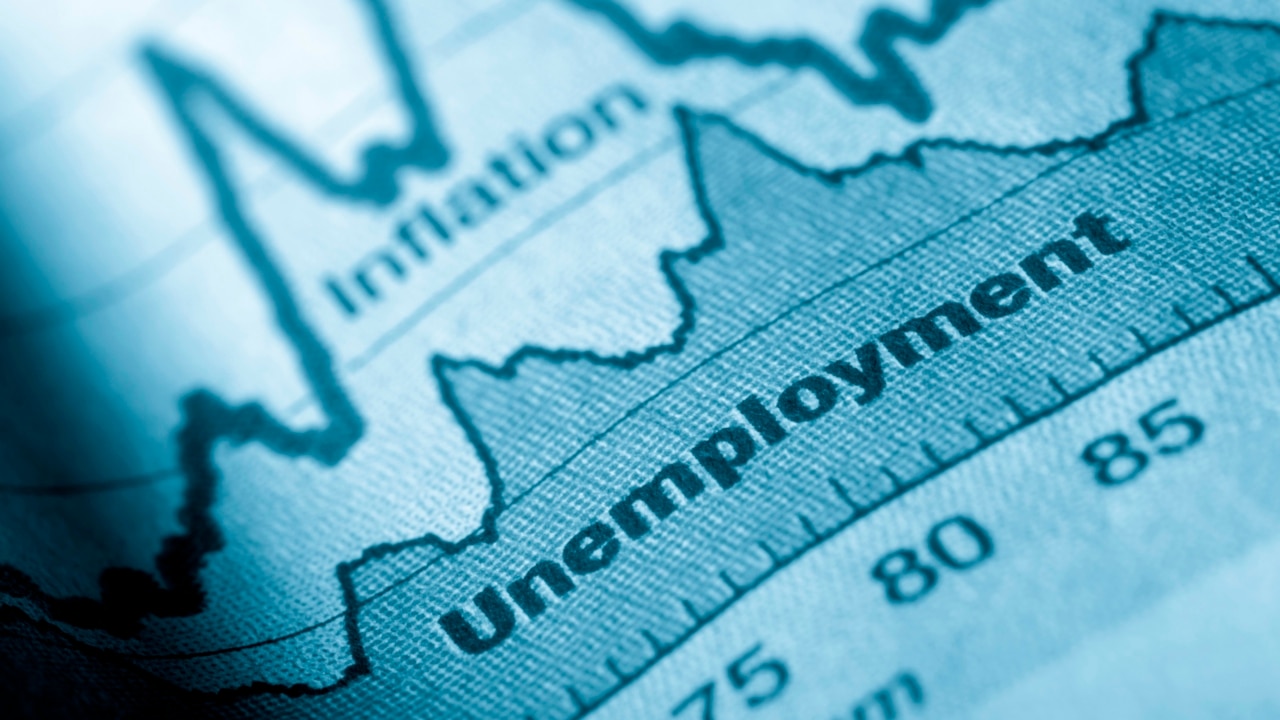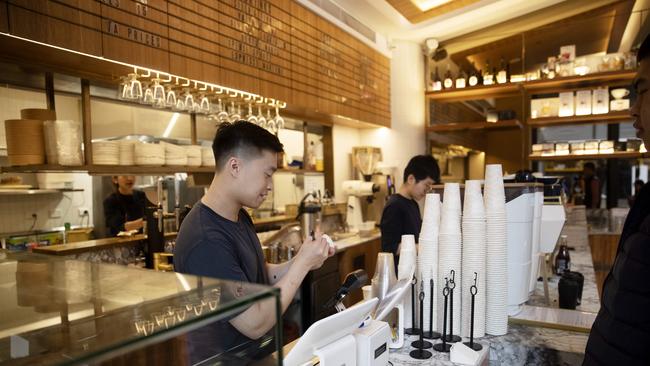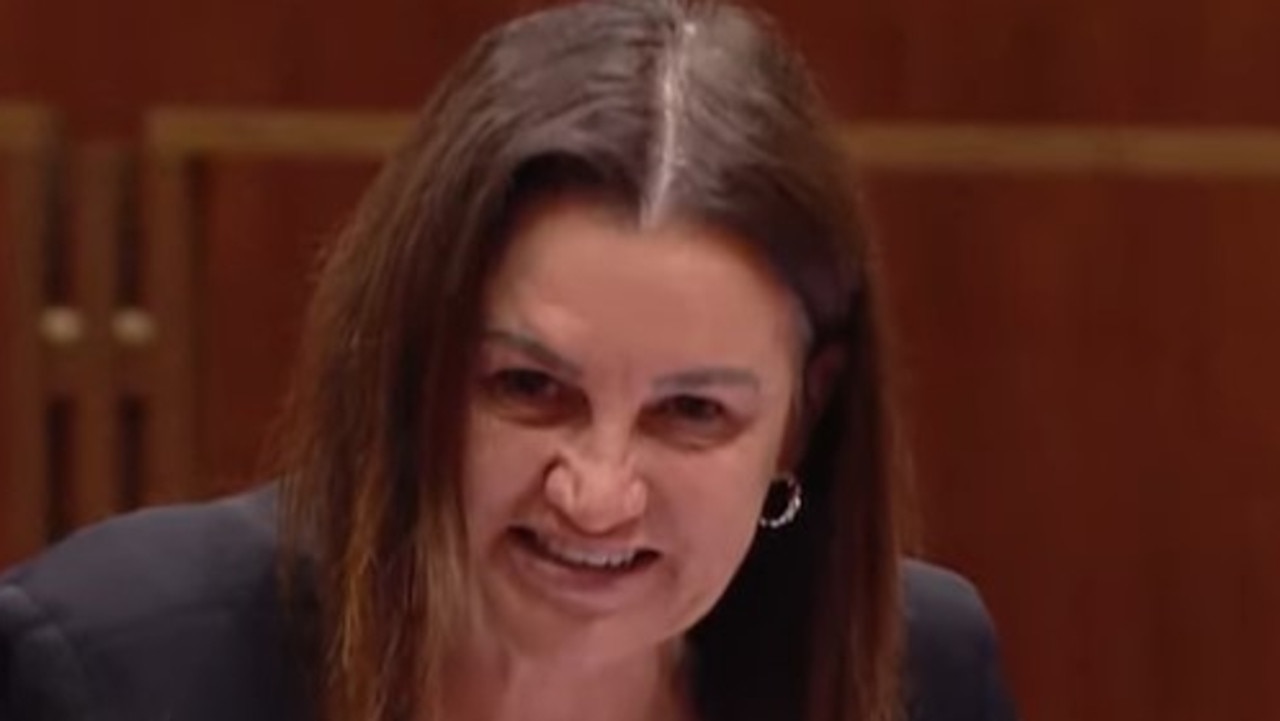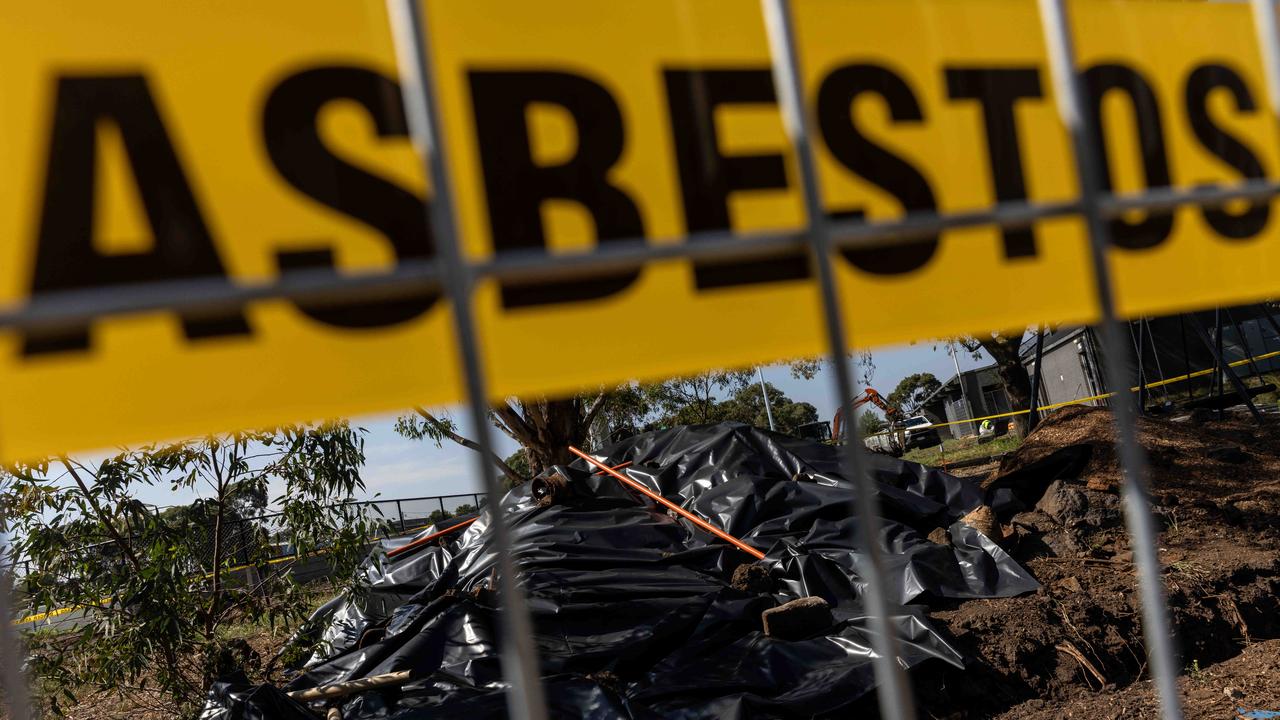Unemployment rate jumps to 3.9 per cent in November despite bumper 62k new jobs
Despite the labour market showing some signs of cooling, a bumper 61,500 new jobs were added in October.

Breaking News
Don't miss out on the headlines from Breaking News. Followed categories will be added to My News.
The unemployment rate rose to an 18-month high in November despite a bumper 61,500 jobs being added to economy.
Fresh figures released by the Australian Bureau of Statistics on Thursday showed the jobless rate rose to 3.9 per cent last month, increasing from an upwardly revised 3.8 per cent in October, as Australia’s souring population growth outstripped the number of people in the labour force.
The uptick in unemployment was in-part due to a jump in the participation rate – the share of the working-aged population who are in a job or are looking for a job – which rose to a record high of 67.2 per cent. However, not all people looking for work were able to find a job over the month.
Following October’s Voice referendum, which required thousands of temporary staff, economists had forecasts for jobs growth to moderate in November, expecting just 10,000 new jobs to be added.
The employment gains were predominantly driven by an increase in full-time jobs, which surged by 57,000 over the month, reversing the recent trend where part-time employment has grown at a faster rate. But despite the increase in new jobs, the number of hours worked rose by just 0.1 per cent.
Due to Australia’s surging migration intake, about 35,000 jobs are required to be added to the economy each month just to keep the unemployment rate steady.
However, economists warned that as the job market cooled, there would be more workers than jobs available.
“If migration slows, as intended, (the number of new jobs required to keep the unemployment rate steady)still should outpace demand for labour,” CBA senior economistBelindaAllen said.
NAB senior economist Taylor Nugent said new entrants to the jobs market were also taking longer to be hired.
“The modest lift in the unemployment rate … is due to people being drawn into the labour force and spending some time in unemployment during job search,” Mr Nugent said.
“The share of people moving to unemployment after having a job remains historically low.”
In recent communications, Reserve Bank governor Michele Bullock has noted that the jobs market has reached a “turning point”, as a result of the RBA’s most aggressive rate hiking cycle in a generation.
Central bank forecasts shows it expects unemployment to reach the 4 per cent by the middle of next year, before climbing higher to 4.3 per cent by mid-2025 as the delayed impact of higher interest rates slow economic growth and dampen inflation.
Youth unemployment, an indicator of future weakness in the labour force, rose to 9.6 per cent last month, the worst result for 15-24 age cohort since November 2021, while the underemployment rate – the proportion of workers who were looking for additional hours – also rose to 6.5 per cent, showing further signs of cooling.
HSBC chief economist Paul Bloxham said the cooling in the labour market would give the RBA assurance to keep rates on hold, but cuts still remained far off.
“For the RBA, we think the gradually loosening jobs market will reassure them that they are unlikely to need to tighten monetary policy further,” Mr Bloxham said.
“We think the hikes are done.
“Given the still strong labour demand and only gradually loosening jobs market, the RBA is also unlikely to be in a hurry to cut its cash rate anytime soon.”

Speaking to reporters in Canberra, Treasurer Jim Chalmers said that despite the rise in the jobless rate, the higher number of employed Australians was a “really welcome and quite remarkable outcome”.
“We recognise that we still anticipate and expect in the Treasury forecasts that unemployment will tick up over time as the inevitable consequence of higher interest rates, moderating high inflation and all of this global uncertainty,” Dr Chalmers said.
He said more significant cooling was already evident in corners of the jobs market.
“We recognise that as the economy slows, often young people are the first to feel the brunt of that,” he said.
“That’s the motivation for our big agenda for skills, that’s why we’ve tried to get the minimum wage or wages in the care economy growing again because we want young people to have access to good, secure well-paid jobs.”
Originally published as Unemployment rate jumps to 3.9 per cent in November despite bumper 62k new jobs


